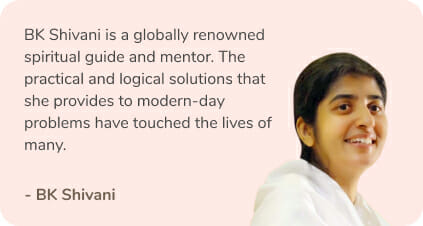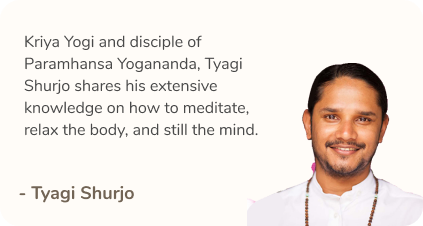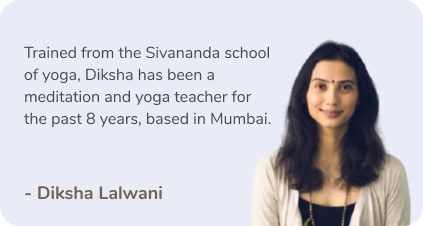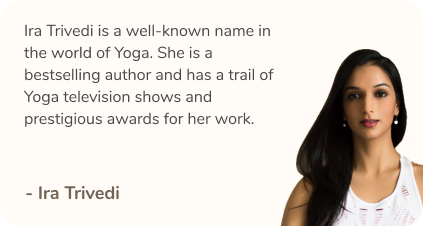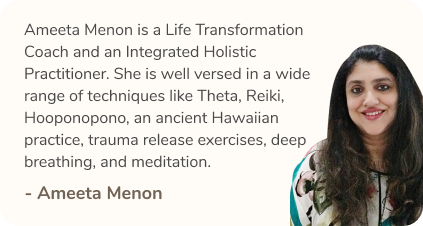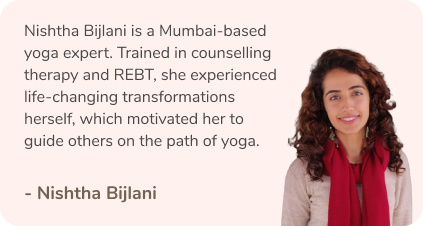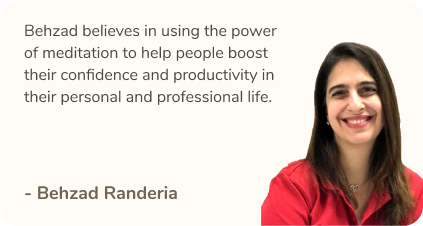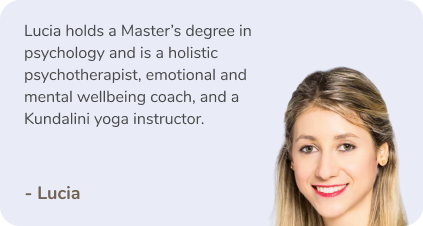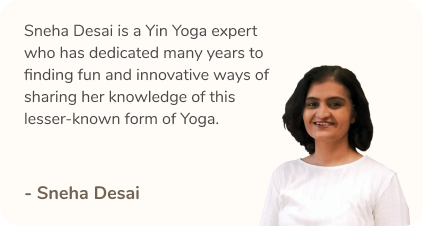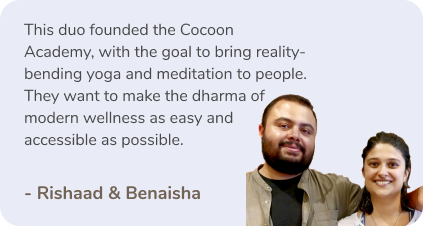Maintaining body balance requires concentration, intention, and the ability to hold on and let go. Working on your body balance improves posture, body awareness, joint stability and reduces risk of injury. Additionally, it also improves the minds’ ability to concentrate, focus, overall cognitive function and let go. By practicing yoga asanas with awareness, the body tends to adjust itself to promote balance on both sides. When the body is balanced, muscles and muscle activities are also balanced.
How Exactly Does Yoga Help Your Balance ?
Yoga helps with balance, focus, movement, and coordination. Rather than focusing on poses and being still, balance comes from movement, transitions, and inner strength. It can be mastered by directing your attention to alignment, strength, and attention.
Alignment: Your body must be in line with gravity to make balance physically possible.
Strength: It gives you the power to find, hold and modify our alignment.
Attention: Being mindful of your alignment allows you to adapt as needed to maintain balance.
Apart from balance, the health benefits associated with performing yoga are tremendous. Watch the video below to learn more.
This guided yoga session with Master Pooja Nidadavolu helps in finding your centre of gravity. It improves your concentration, helps you to remain calm, strengthen your muscles, improve posture, and increases coordination. The poses below are suitable for beginners as well and can be easily practiced at any age.
Tadasana or Palm tree pose or Mountain Pose
Tadasana is a basic yoga pose that is extremely beneficial for your health. In Sanskrit, ‘Tada’ means mountain and ‘asana’ means pose. It is ideal to strengthen and stretch weak back muscles to restore the body’s natural alignment. Not only is this asana about movement, but it is also a form of meditation as well. It helps you connect with your deeper consciousness and expand your mental awareness.

How to do it:
Stand on a yoga mat with your feet slightly apart and hands alongside your body. Inhale deeply and slowly raise your arms over your head by standing tall on your toes. Feel your body stretch and hold for a few moments. Exhale and return to the starting position.
Vrikshasana or Tree Pose
Vrikshasana imparts a sense of groundedness through the strength of standing on your leg. Continuously engaging your ankles, legs and core will help you stay balanced. This pose also helps you explore your connection with your body. In addition to its physical benefits, it assists in calming and relaxing the mind to relieve anxious thoughts and feelings.

How to do it:
Stand on your yoga mat with legs slightly apart. Raise one leg and rest your foot on the opposite leg’s thigh. Inhale deeply and as you feel steady place your hands over your head with your palms pressed together. Hold for a few moments and then step back into your original position and repeat on the other side.
Garudasana or Eagle Pose
This pose requires careful focus. Practicing it carefully improves balance and focus, and postural and body awareness. It stretches your shoulders, upper back, and thighs, while strengthening your core, thighs, legs, and ankles.
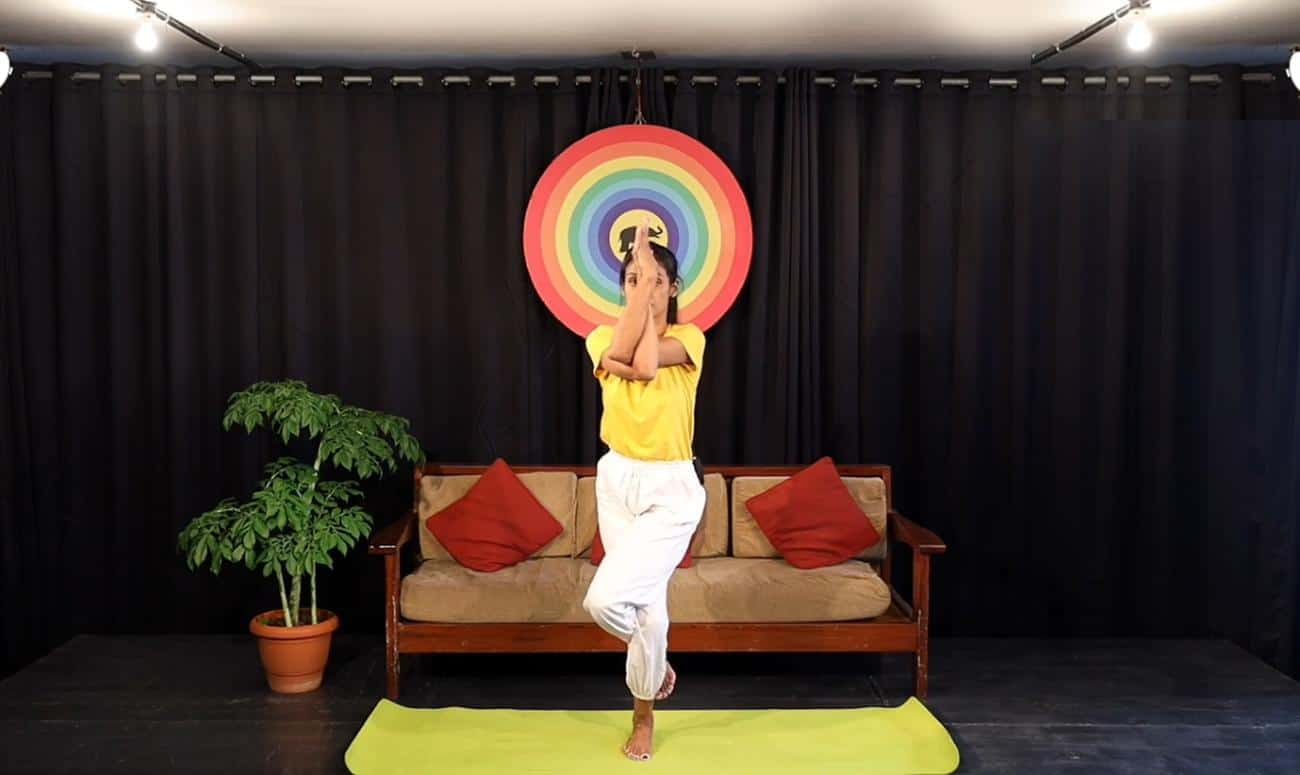
How to do it:
Stand with your feet slightly apart. Bend both knees and lift one foot and wrap it slowly around your other leg, tucking in your foot behind your calf and hooking it there. Reach out both arms in front of you and wrap your opposite arm over the elbow. Crossing your forearms as shown below, press your palms together, raising your elbows to shoulder height. Maintain this pose for a few deep breaths and repeat on the other side.
Chakravakasana or Sunbird Pose
Chakravakasana balances your lower back and strengthens abdominal muscles. As you connect your poses with your breathing, it enables you to cultivate an awareness of the present and improves breathing capacity. It treats chronic lower back pain, weakness and stiffness in the hips and spine.

How to do it:
Lying down on your abdomen, raise yourself in a tabletop pose on your knees and palms. With your back parallel to the ground, extend one arm forward at shoulder level and extend the opposite leg back at hip level. Maintain for a few moments and then return to tabletop position to repeat on the other side.
Santolanasana or the Hand Plank
Practicing the hand plank strengthens the core and the arms. Engaging the core activates the back and uses your own bodyweight to sculpt the shoulders and arms. It also forms the base for other more complex asanas. By focusing on your breathing and staying still, concentration is improved which promotes body balance.

How to do it:
Get on the floor on all fours with your knees straight below your hips. Lift your knees with your head facing downwards. Straighten your legs and rest your heels on the ground. Lift your upper body slowly so you are parallel to the floor. Stay in this position for a few seconds.
Tune in to the ThinkRight.me app to follow the full guided yoga routine by Pooja Nidadavolu.
Read more: How To Support Someone Who Suffers From Anxiety
Like & Follow ThinkRight.me on Facebook, Instagram, Twitter, and Telegram to stay connected.


